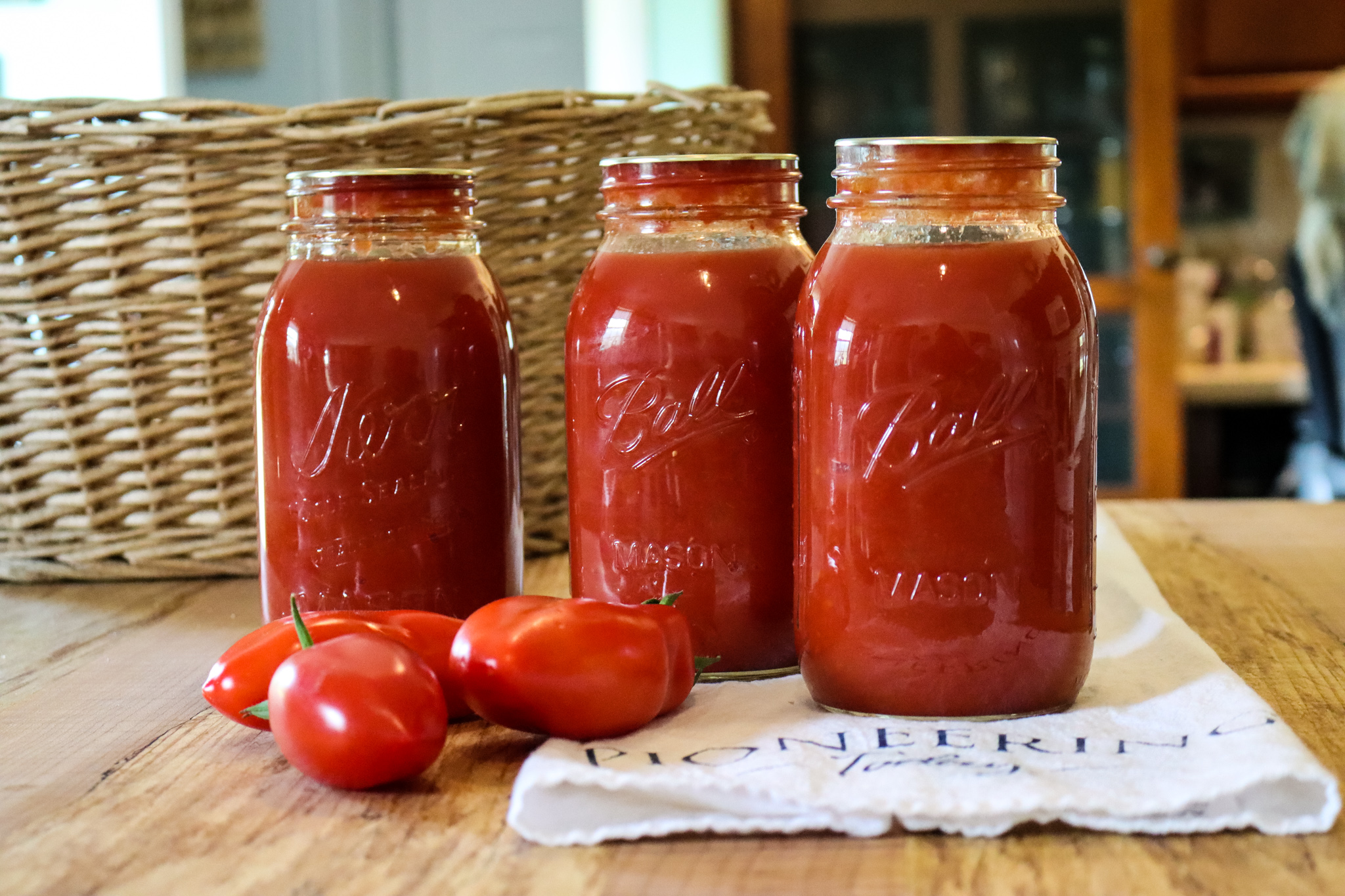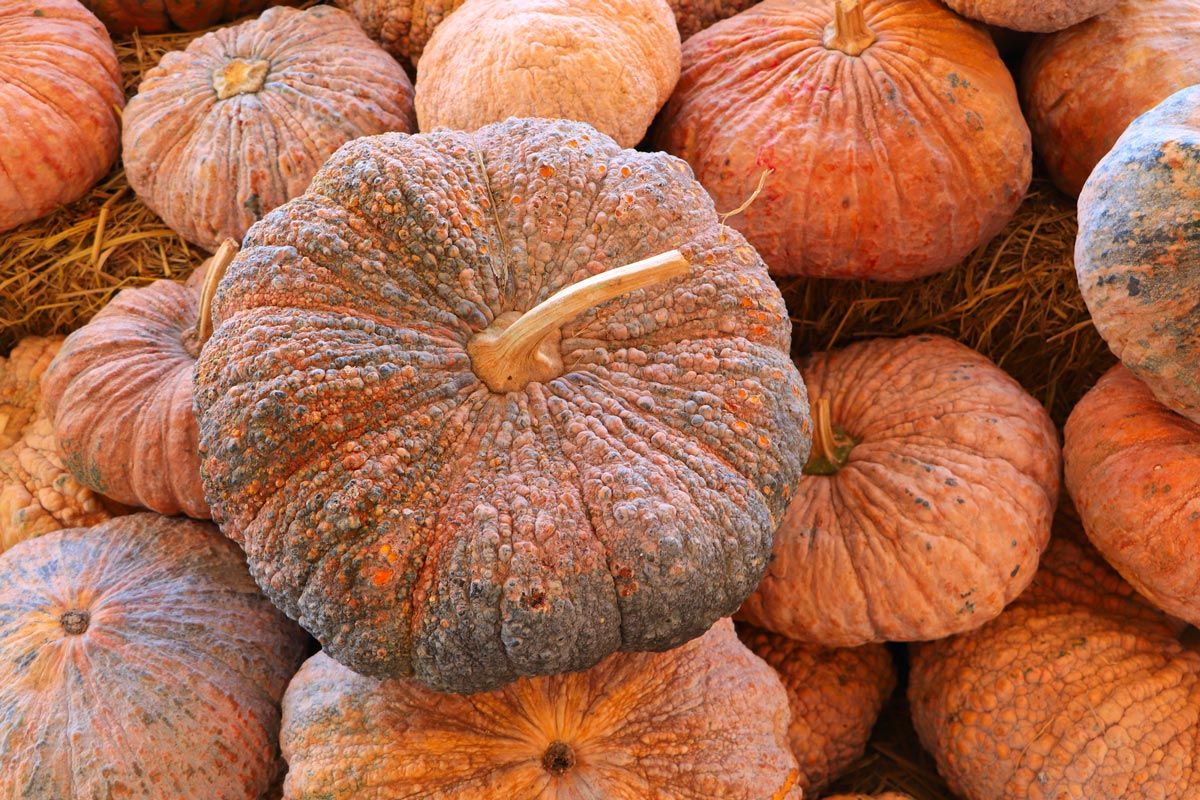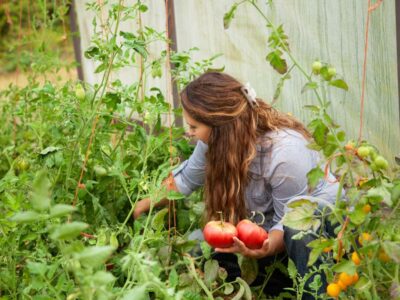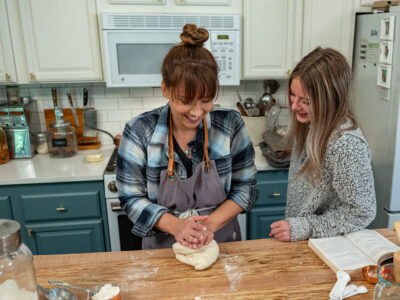Can you safely can previously frozen food? Yes and no. Certain foods are safe, but certain foods are not. Learn them here.
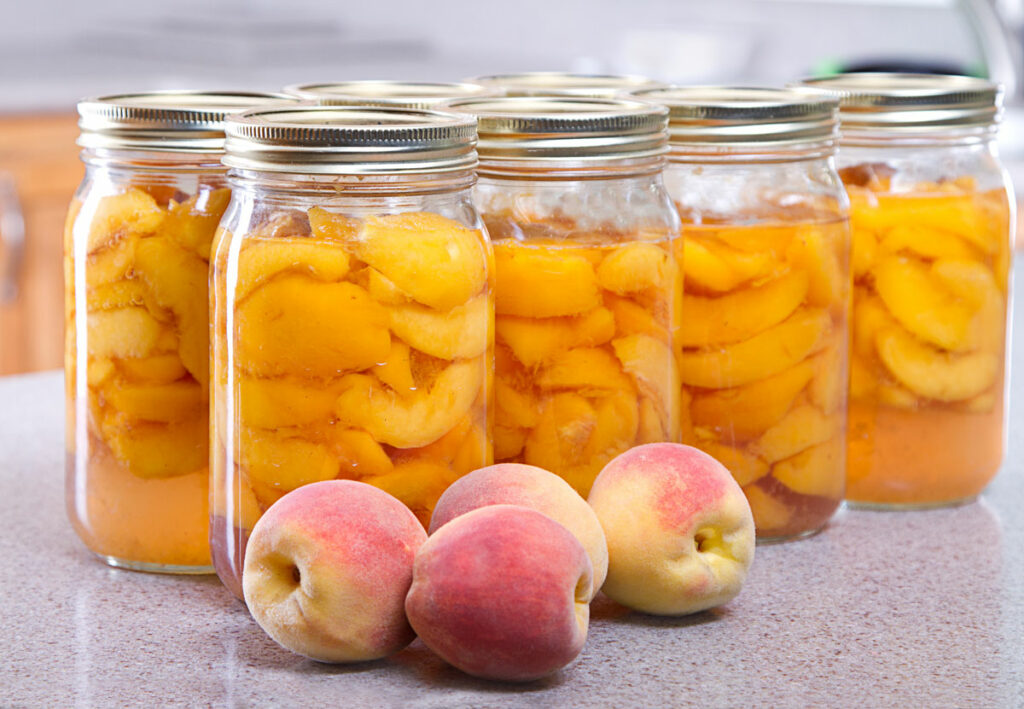
You may be wondering if frozen food can be canned. Or can previously frozen meat be canned? Maybe you have some fish that’s been frozen and wonder if you can safely can fish that has been frozen. Or canning frozen corn, or beans… you get the idea!
This is a question that I’ve gotten quite a few requests for information. In this podcast and blog post, we’ll cover the benefits of canning certain foods that have been frozen. I’ll also share the steps you must take to safely can previously frozen food.
This is important not just from a safety perspective but to have a good end product that tastes delicious. Hello, non-mushy food!
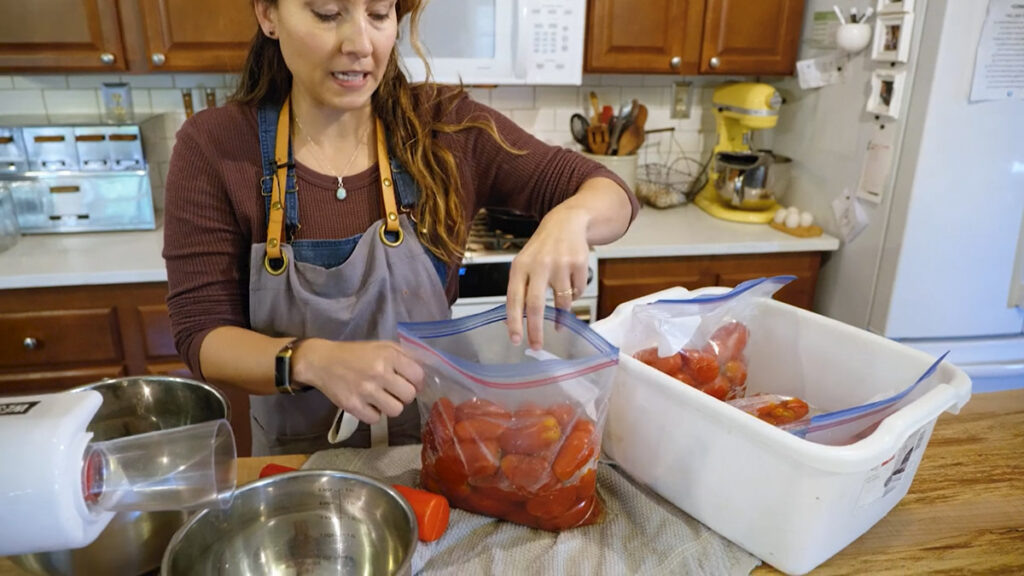
Table of Contents[Hide][Show]
Why I Love This Topic
I use our deep freezer very intentionally every summer as an easy & fast preservation method. Not just for foods I want to freeze long-term, but to buy me time before I have to can up all the garden harvest.
Sometimes when certain crops come on they start ripening pretty slowly. Tomatoes, for example, will start giving me a few here and there, but certainly not enough to merit a full canning day for tomato sauce.
Berries are another great example. I’ll go out and pick raspberries daily and freeze them so later on I can decide what I want to turn them into.
If you have enough freezer space, the freezer can be a huge asset to your summer canning schedule.
Check out my post on how to can food outdoors. There are some tips you’ll need to follow to ensure your jars don’t crack, and I walk you through all of that.
Can You Safely Can Previously Frozen Food?
Yes! It is safe to can most previously frozen foods. There are certain items that will require extra precautions, but other than something like winter squash, you can safely can previously frozen food.
There are a few things you’ll want to consider before tossing all your food in the freezer “for later.” Keep reading for my tips!
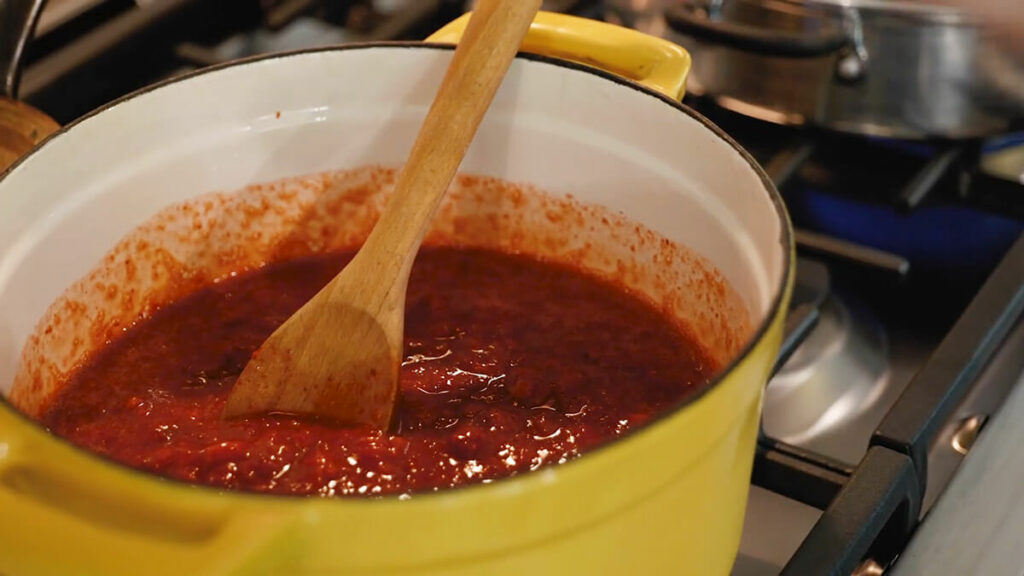
Foods You Can Freeze Before Canning
Fruit
Any type of berries or fruit that will be turned into jams, jellies or fruit butters can be tossed in the freezer for later. I just arrange the fruit on a tray lined with a silicone mat (or parchment paper) and place it in the freezer to flash freeze. Once the fruit is frozen I store them in gallon ziplock bags.
This method also works well for any fruit that you want the juice from later on.
I don’t recommend freezing peaches or pears if you want to can them later. The texture will not be the same and there may be some discoloration. Depending on the variety, sometimes freezing apples causes them to become mushy and soft. So it’s important to know what the end product will be prior to tossing it in the freezer.
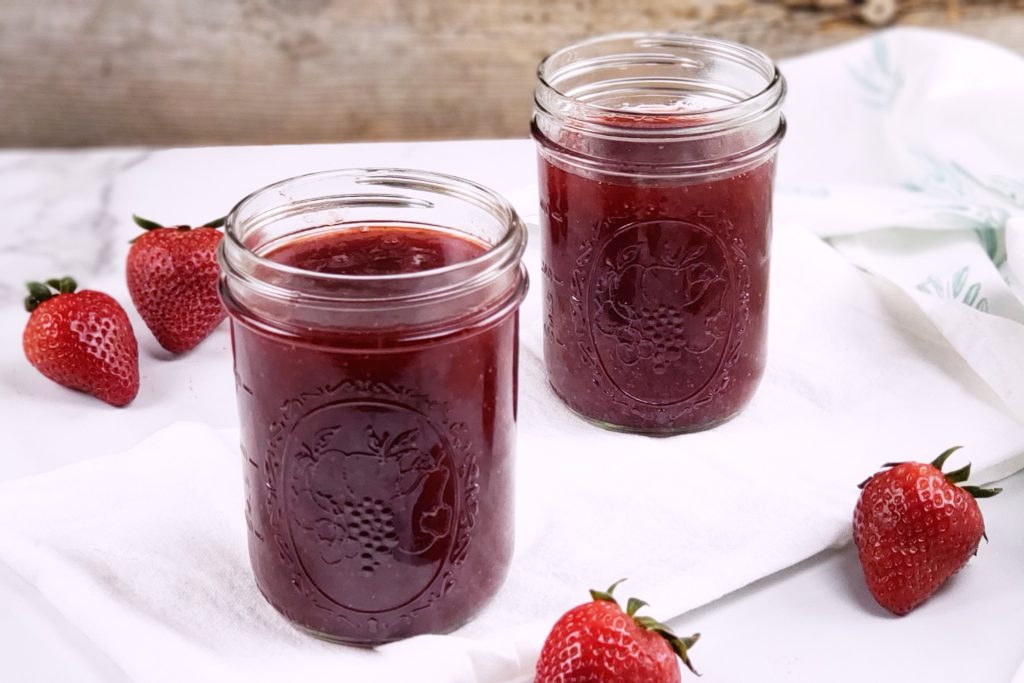
Canned Fruit Recipes
- How to Stay Safe Canning Homemade Jam & Jelly
- Make Homemade Jams and Jellies Like a Pro
- No Sugar Strawberry Jam Recipe
- Strawberry Jam Recipe without Pectin and Low Sugar
- Cherry Jam Recipe Without Pectin and Low Sugar
- Spicy Peach Jam Recipe Low Sugar and No Pectin
- Easy Blackberry Jam Recipe Low Sugar with Canning Instructions
- Apple Pie Jam Low Sugar Recipe
- How to Make Strawberry Rhubarb Jam
- How to Make Low Sugar Grape Vanilla Jelly
- Canned Apple Pie Filling Recipe & Tutorial
- Cherry Pie Filling Recipe (Canning Instructions)
- Pioneering Today-How to Can Peach Salsa
- How to Can Pears the EASY Way
- How to Can Apricots- Easy Canned Apricots Recipe
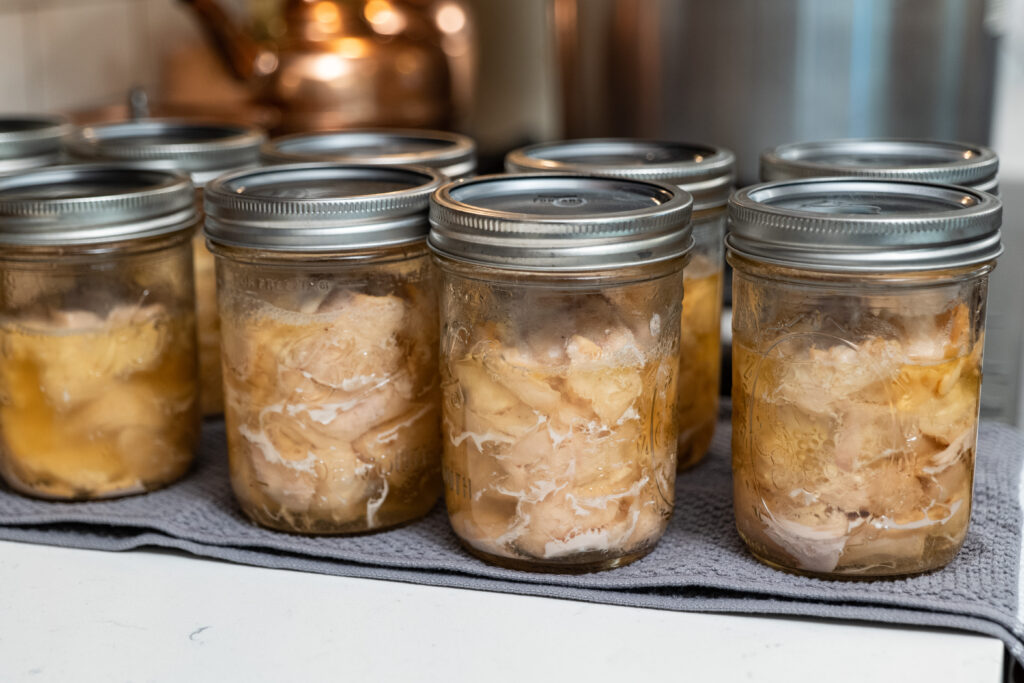
Meat
Meat is a great option for utilizing the freezer before you’re ready to can some of it up.
If you’re spending an entire day butchering dozens of chickens, the last thing I have the energy for is canning chicken. So we put all of it into the freezer and I can pressure can the chicken another day.
This works well for any kind of meat that you’d want canned, especially stew meat. And, you can also can meat with the bone in! Many people don’t know this, but it’s good to know.
You’ll need to look up each meat type to know how that specific cut of meat needs to be canned (hot packed, cold-packed, pressure canned or water bath canned).
For example, ground beef needs to be hot packed and then pressure canned. If you try to can ground beef without cooking it first and following the hot-pack method, it ends up creating a dense loaf in the jar which is too dense for the heat to properly penetrate for safe canning.

Vegetables
Technically, you can safely freeze and then thaw and can vegetables. However, you will want to consider a few things first.
When canning vegetables, they are fully cooked. There’s no way to get an al dente green bean from canned green beans. Furthermore, when you blanch and freeze (or sometimes just freeze) vegetables and then thaw them, they already become soft (and sometimes mushy). In this case, I wouldn’t want to then can these mushy vegetables because the end result wouldn’t be good.
Though freezing items like corn, green beans or carrots and then canning them wouldn’t result in a great end product, you can safely follow those methods.
There is one family of vegetables that I wouldn’t recommend freezing first. Winter squash. I wouldn’t personally cube and freeze, then thaw and can any of the following:
- Pumpkin
- Butternut Squash
- Acorn Squash
- Delicata
- Hubbard
- etc.
Because it’s not approved to can pureed squash, my concern would be that freezing and then thawing the squash would make it too dense to know that it’s getting to the proper internal temperature to be safely canned.
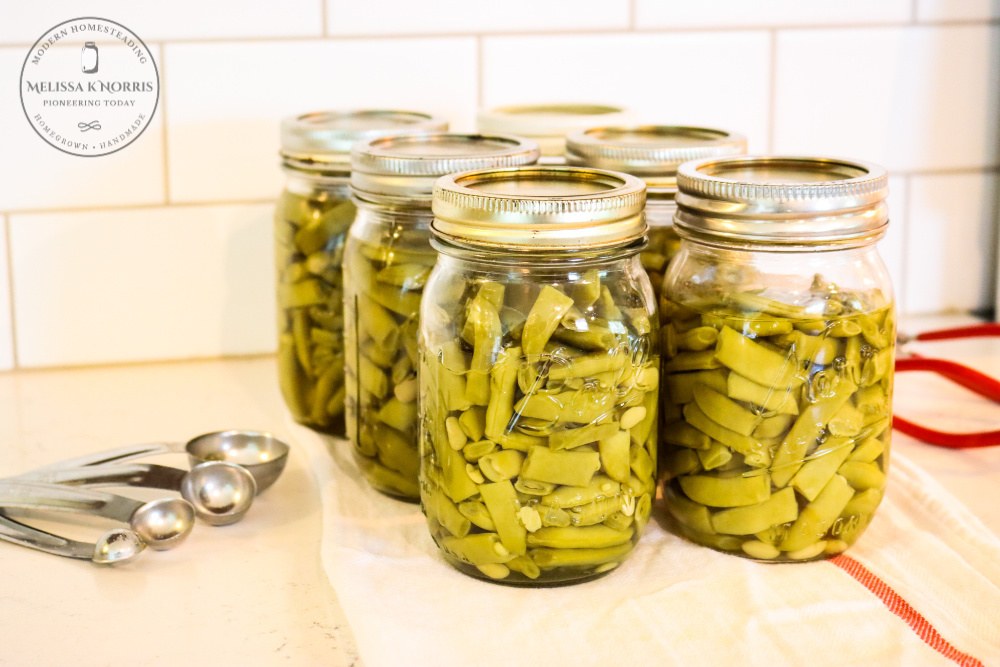
Canned Vegetable Recipes
- How to Can Green Beans the Easy Way – Raw Pack
- Canned Tomato Sauce Recipe (+ Water-bath & Pressure Canning)
- Zucchini Pineapples
- Bread & Butter Zucchini Pickles
- Pickled Asparagus Recipe (Canned, Quick, or Refrigerator)
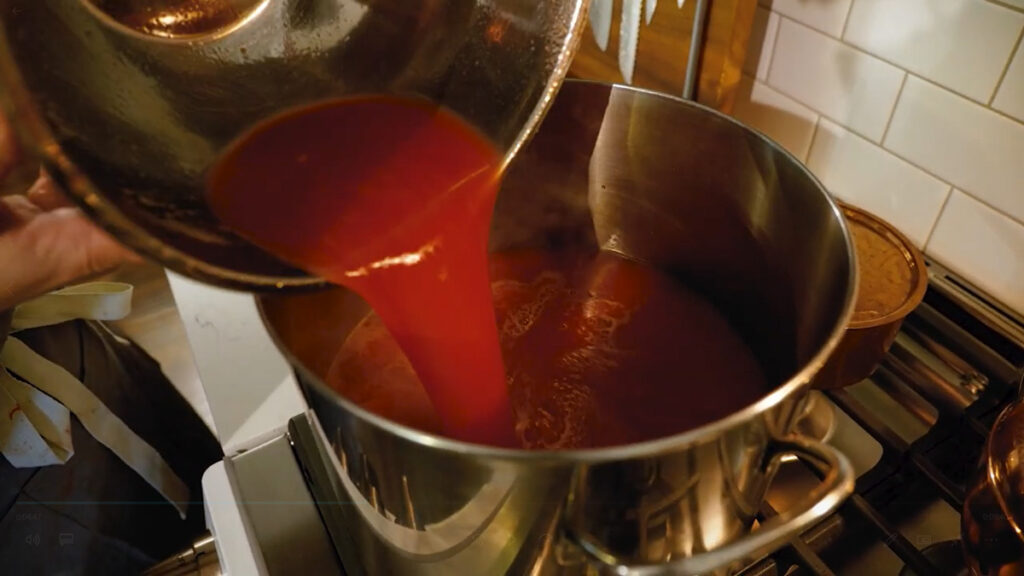
Freezing & Canning Tomatoes
There’s something unique about tomatoes when they go through a freeze on the vine. When a tomato plant freezes it’s killed instantly. The act of the vine dying with the tomatoes still intact causes the tomato pH to change.
Because tomatoes are already too acidic to water bath can without adding acid, this change in the tomatoes makes them unsafe for canning.
However, a tomato that’s been picked from the vine fresh and then frozen does not go through the same pH changes. So, if you pick tomatoes fresh and then freeze them, they can still be safely canned once thawed.
Frozen and thawed tomatoes are perfect for making tomato sauce. Because they do become extremely mushy, they’re not great for making something like a canned salsa.
Pro Tip: Reserve the juice from the berries when thawing and use that juice in any recipe you’re using those frozen berries or frozen fruit for!
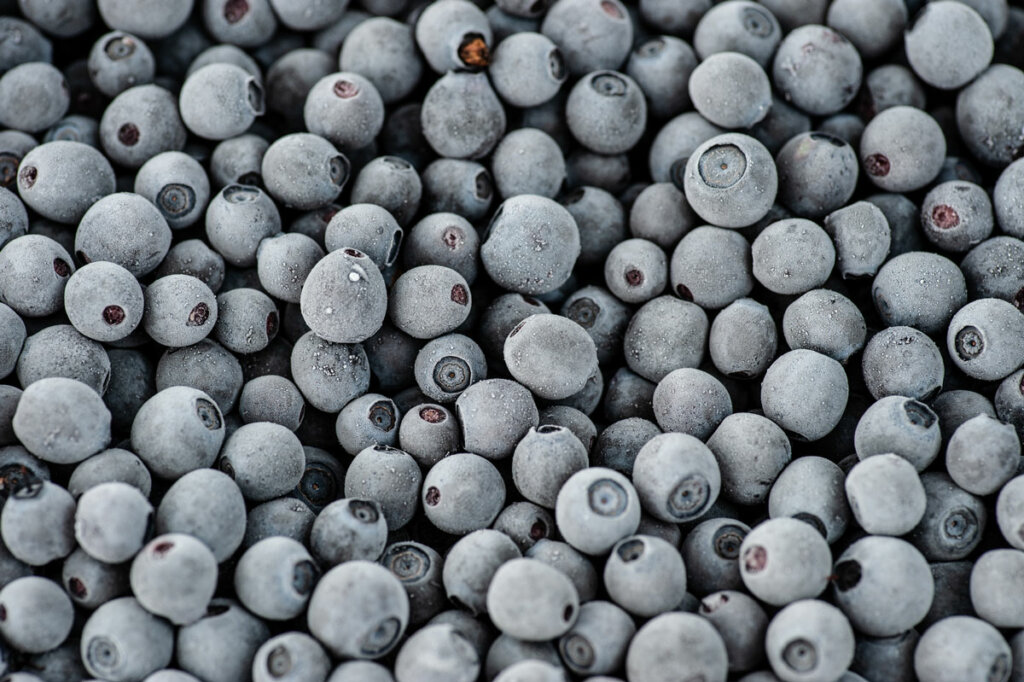
Tips for Canning Previously Frozen Foods
There are safety rules you must follow if you want to can food that has been previously frozen.
- You must fully thaw the food prior to canning.
- Make sure you’re only canning fresh food that hasn’t sat in the refrigerator for more than two days.
- Ensure the food is free of blemishes, bruises or rotten spots.
- If it’s food that must be hot-packed, it must reach the hot pack temperature prior to canning, just as if it were fresh.
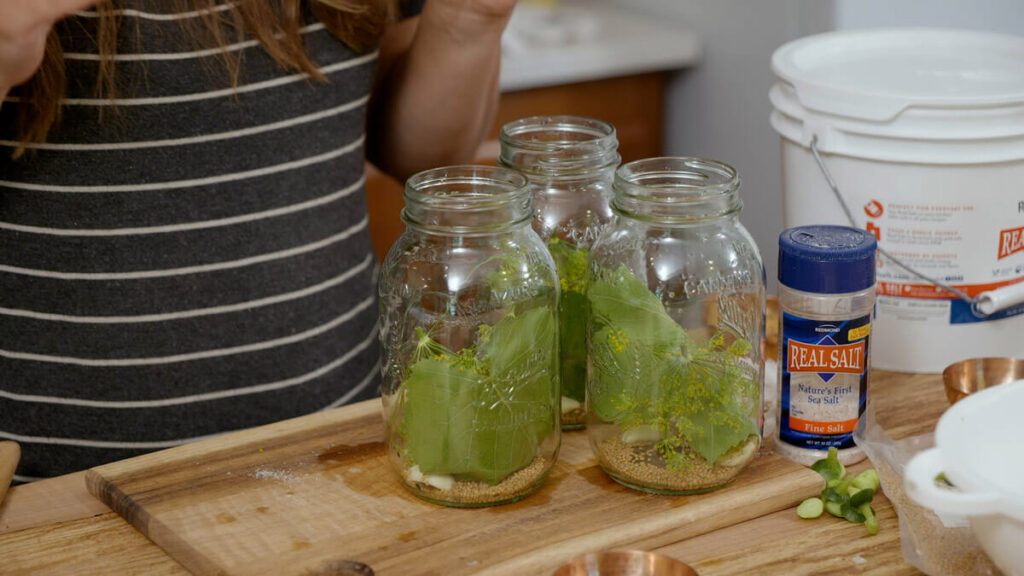
Azure Standard
This podcast was sponsored by Azure Standard, and I’m thrilled to share that Azure now has their own line of canning jars! I’ve been using them all summer for both water bath and pressure canning without issue.
If you’re a first-time Azure Standard customer, you can get 10% off your first order ($50 minimum) with coupon code MELISSA10 at checkout.
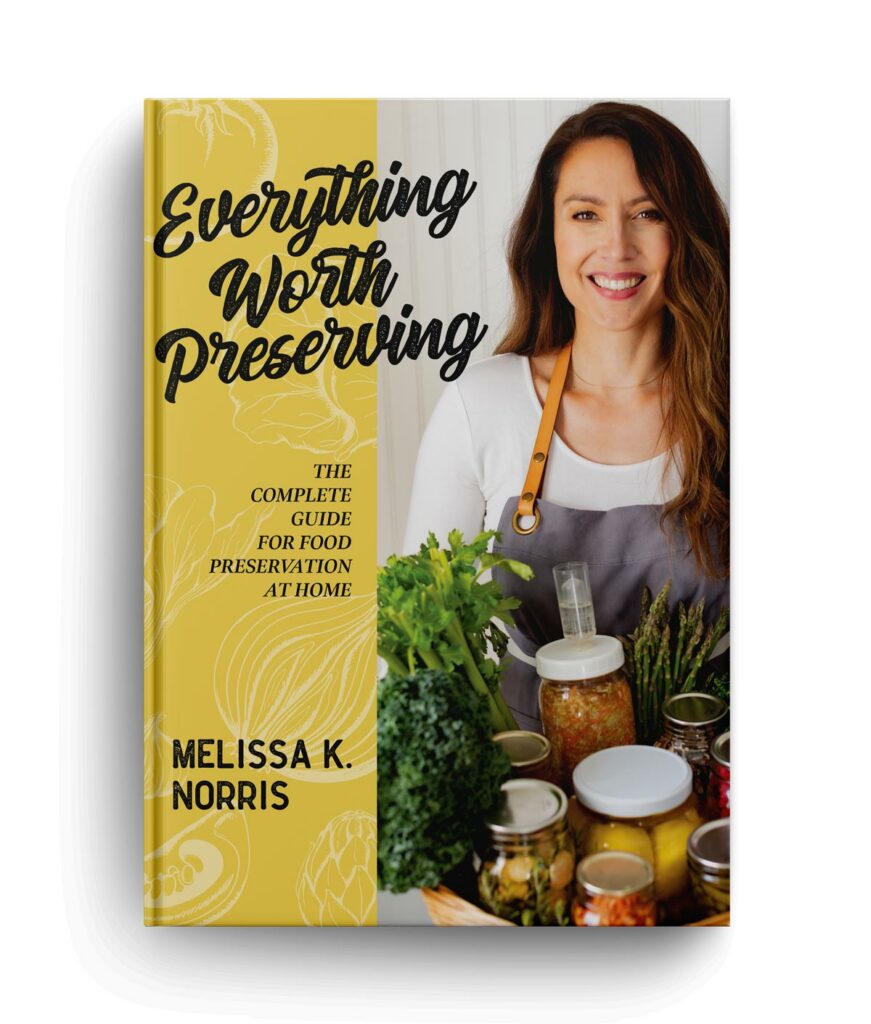
Everything Worth Preserving
If you haven’t yet purchased my book Everything Worth Preserving, grab it now, and you’ll have a great resource for all your canning recipes that follow safe and approved methods.
Verse of the Week: 1 Corinthians 4:5
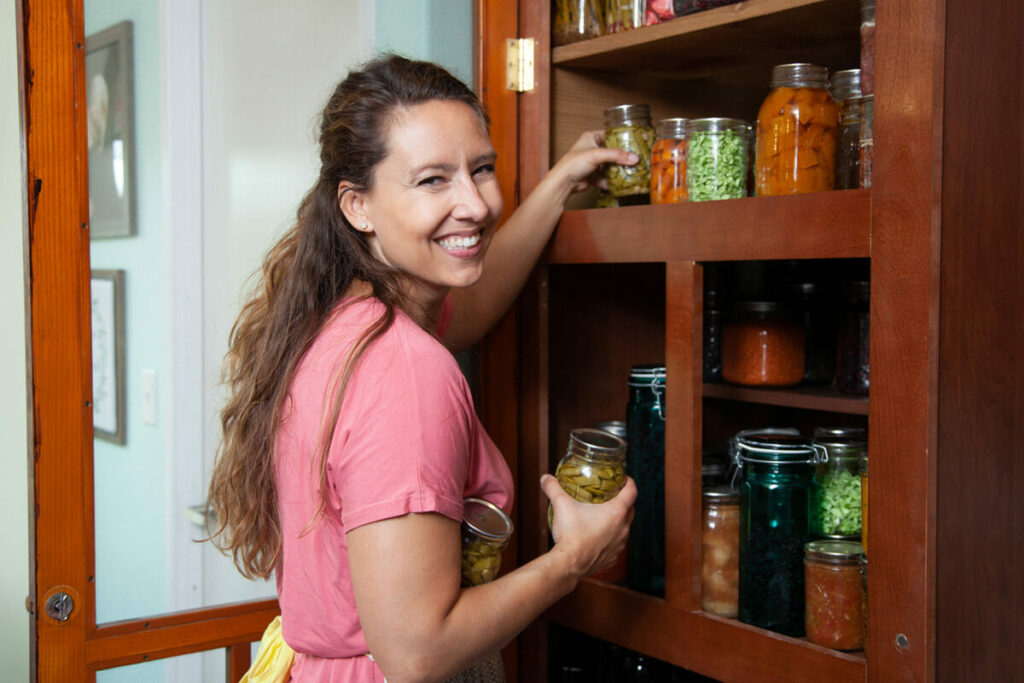
More Canning Posts You May Enjoy
- How to Store Home Canned Food Safely – Jar Stacking & Canning Rings
- Pros & Cons of Electric Pressure Canners (+Water Bath)
- Proper Canning Headspace (Is it Important?)
- What you don’t know about the USDA & Canning Safety Rules
- Does Pressure Canning Ruin Bone Broth
- What Causes Canning Lids to Buckle? (+ Proper Tightening)
- How to Choose the Best Pressure Canner
- Botulism Prevention and Preservation Safety Tips
- The Science of Home Food Preservation
- 10 Ways to Preserve Food at Home
[fusebox_transcript]
